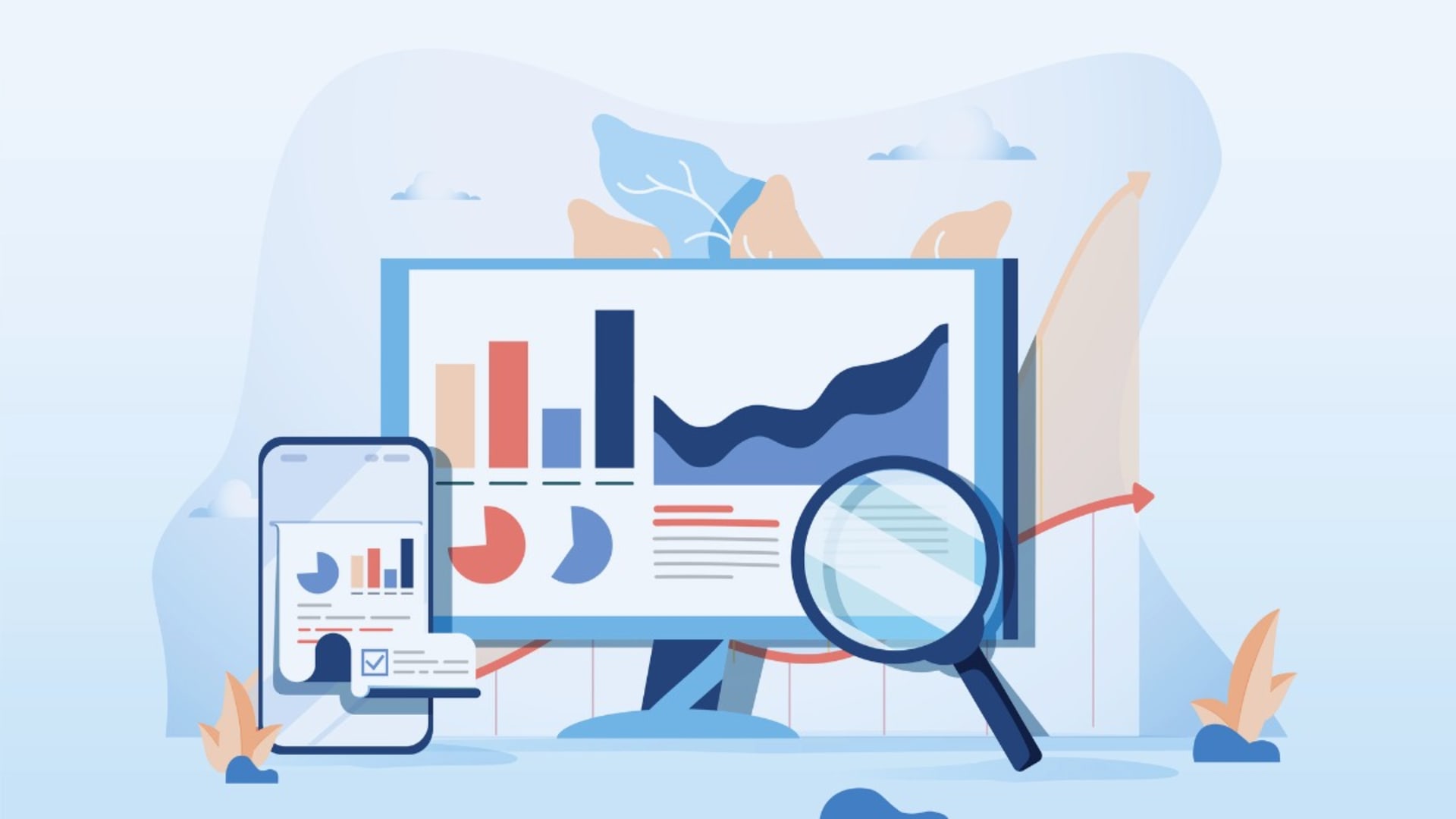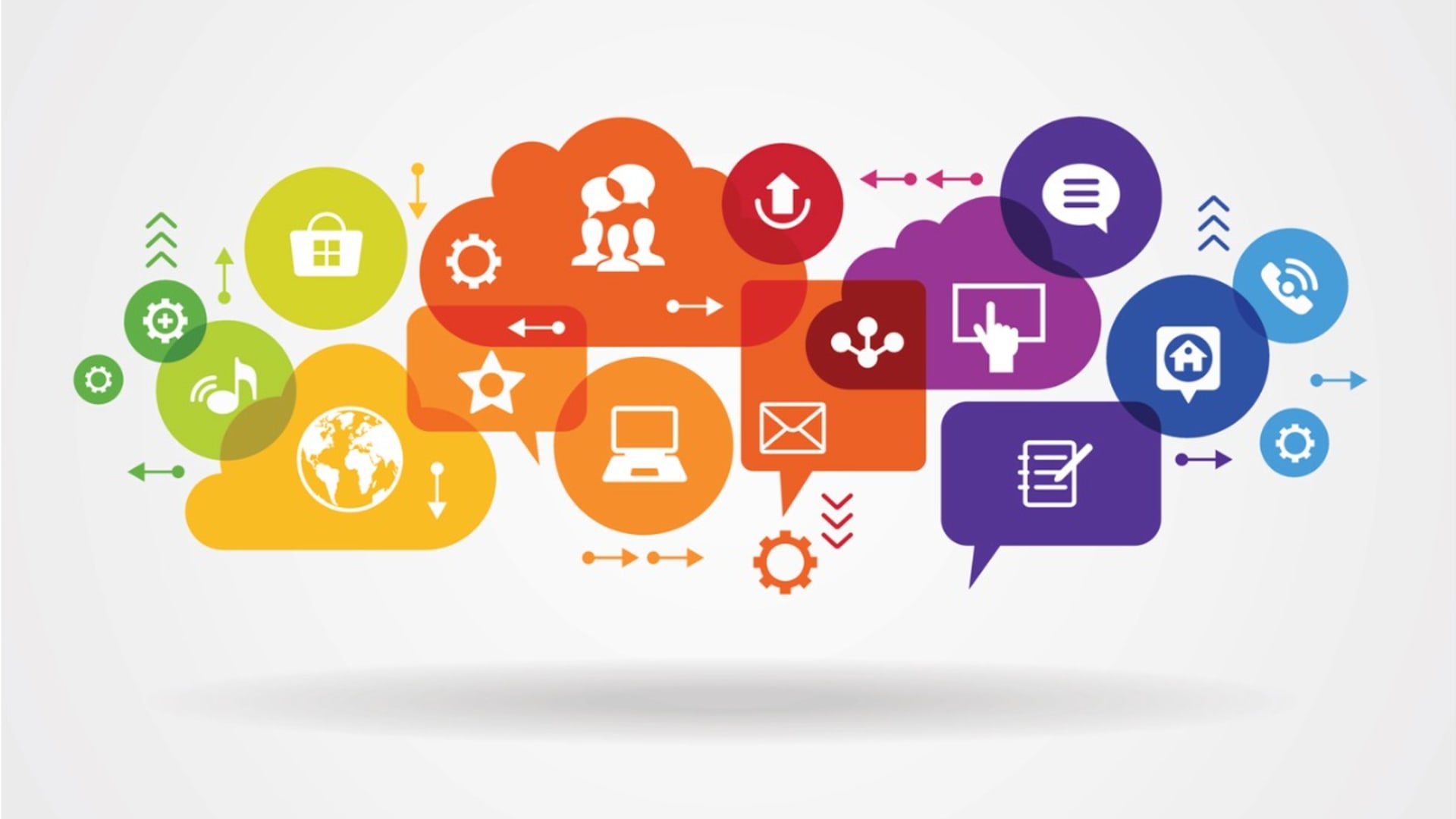Good data is the cornerstone of a well-functioning organization. With the right data-gathering strategy, you can establish baselines, benchmarks, goals, and predictions that push you forward towards your vision.
But data is only as good as its presentation. Teams need fast pipelines that turn raw data into stylish, well-presented, and summarized results, and the faster the process, the better. Fortunately, there’s Tableau to help you with that. With it, you can explore data without relying on predefined questions, wizards, or chart types. In fact, Tableau is as powerful as any data science software but without the added complexity.
With a friendly UI and extensive support for hundreds of data sources, Tableau offers services designed with simplicity in mind but scaled for enterprises. Thus, it’s perfect for companies looking to step up their decision-making process both in terms of quality and speed. Tableau helps you extend the value of your data across all areas of your organization.
Hire a Tableau developer to help you design and create systems and data visualization solutions for your business. Integrate all your ecosystem into a seamless data gathering environment that’s easy to deploy, maintain and dynamically scale as you grow. Get the best out of AI-empowered tools that will help you stay competitive in an ever-changing world.
What is Tableau?
Tableau was founded in 2003 by Chris Stolte, Pat Hanrahan, and Christian Chabot to implement their data visualization technology into business solutions. This project developed into a world-leading analytics platform that visually expresses data by turning drag-and-drop actions into data queries. It’s data analysis and visualization at its friendliest.
Tableau is powered by a proprietary query language called VizQL, which essentially acts as a translator of SQL queries, effortlessly turning whatever data is returned into a customizable result. Each action you take is translated to a query, and the platform automatically renders a visual representation of the recovered data, ready to be analyzed, shared, or exported.
VizQL is what one would consider a declarative language. In other words, the user doesn’t have to relay instructions to the system to tell it “how” something is done: they can just tell the system “what” they want and the platform takes care of the rest, like a search engine.
Tableau is, for all intents and purposes, a no-code solution for data visualization but, like any tool, it can shine when it’s handled by an expert. A Tableau developer has a good handle of databases and programming to handle migrations, integrations, and data presentations and increase their depth and sophistication.
What is Tableau Used For?
With a widespread set of tools, Tableau is an all-in-one platform for data analysis and visualization. Some of its most common uses are:
- Dashboard creation – Create friendly and intuitive graphic interfaces with a summary of all the necessary data to optimize your workflows, or use the links on your dashboard to go in-depth and explore different aspects of your business.
- Draw charts – Creating tables and graphs has never been easier. Just drag and drop your data to instantly create aesthetically pleasing histograms, pie charts, bar charts, scatter plots, and more. Filter your data to create the perfect charts for your reports and presentations.
- Report generation – Automate your reports and create customizable outputs that can be tailor-suited to your target audience, or manually build professional-looking reports with a few clicks.
- Make informed decisions – Use Tableau’s AI functionalities and other data analysis tools to get a glimpse of the future in market trends, customer behavior, expected returns, and more.
- Share your data – With online services and integration, you can easily share data with your coworkers as well as access it from anywhere, just as if you had your workstation at your fingertips.
What services does Tableau offer?
Tableau’s platform offers 5 core services with dozens of add-ons and tools to provide you with great analytics and security. Those services include:
- Tableau Desktop – Create and customize your reports, blend them to form an all-encompassing dashboard, connect to data warehouses, load files, create and share workbooks with your coworkers locally or publicly over the server. With the help of a Tableau developer, you can code and further customize your tools to fit your business needs.
- Tableau Public – Use the cloud to create and share your reports. Anyone with the link can access the information and share it, which is perfect for ONGs or academic work. Everything you can do in Desktop you can also do with Tableau Public.
- Tableau Server – Install a central repository for your data accessible to any authorized user, store your data, your visualizations, your user information, and share your business insights with your network instantly. The perfect solution for teams who work on the same data at the same time.
- Tableau Online – Similar to Tableau Server, with Online you can share all your information with everyone on your network with the difference that your data is safely stored in Tableau’s cloud. This is the perfect solution for those seeking a software-as-a-service solution.
- Tableau Reader – Share your data and insights in real-time with your coworkers, send your reports and charts to Reader, a free app available on all mobile devices, perfect for presentations and meetings.
Why Tableau?
Tableau is without a doubt the market-leading choice for modern business intelligence. The platform can handle almost any kind of data, qualitative or quantitative, and from a myriad of sources. Dynamically gather and search for data online or use your databases, regardless of where it comes from. The process is similar, just drag and drop.
Beyond its powerful tools, Tableau offers training, support, and a global community of users who are constantly interacting and helping each other, creating one of the friendliest communities on the internet.
With a Tableau expert at your side, you can rest assured that your data is taken care of and that you can shape Tableau to fit your company’s vision and goals.
When to Outsource Tableau Development
Implementing Tableau
You want to give Tableau a try but are not sure where to start? Our top-tier 1% Talent can guide you and help you make one of the best decisions of your life.
Upgrading your data visualization practices
A consultant can help you design better and more efficient dashboards as well as facilitating an optimal workflow that will improve your data delivery.
Integrate Tableau with your software
If you need a bridge between your systems and Tableau an expert can design the best approach to ensure that your process is as lean and clean as possible.







